paganism
The Spiritual Wisdom Of Letting Go
 I sometimes do readings for clients who feel they have to control absolutely everything in their lives. They are rarely calm, rarely happy, always frazzled. There’s a constant tension around them, a palpable anxiety, as if they’re always one step away from a meltdown, or even a complete breakdown.
I sometimes do readings for clients who feel they have to control absolutely everything in their lives. They are rarely calm, rarely happy, always frazzled. There’s a constant tension around them, a palpable anxiety, as if they’re always one step away from a meltdown, or even a complete breakdown.
Many of us have experienced this feeling or seen it in others – the compulsion to control every outcome, every detail, believing that by sheer force of will we can make life bend to our wishes.
But here’s the thing: life has a way of moving on its own, whether we like it or not. And often, the more we try to grasp and hold on, the more things slip out of our control.
A song that often comes to mind when I think about this is the song Let It Be by the Beatles. Let it be, let it be. There will be an answer, let it be. This timeless classic is a simple yet powerful reminder of the peace that can come from stopping to resist and simply allowing things to unfold as they are meant to.
Letting go is not about giving up; it’s about trusting that life has a rhythm, a universal flow, and when we align ourselves with it, life becomes infinitely more peaceful and enjoyable.
In my work as a psychic consultant, I’ve found that those who feel the need to control every aspect of their lives often carry a heavy burden of stress. They struggle to find joy because they are too preoccupied with micromanaging every little detail. Life becomes a series of hurdles and challenges, and instead of going with the flow, they are constantly swimming against the current. It’s exhausting and soul-destroying.
How To Use A Wand In Your Energy Work
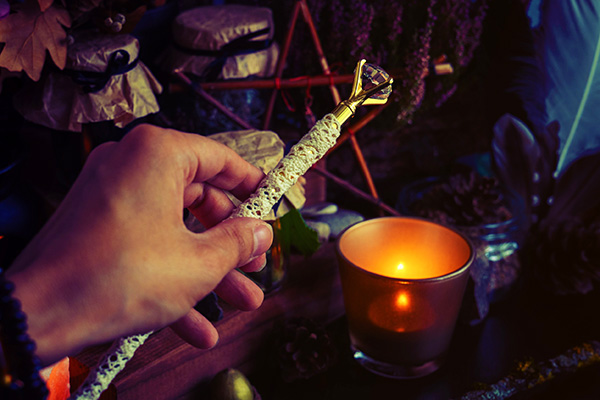 It is not widely known that a magic wand is so much more than a mere fantasy accessory in popular stories like the Harry Potter series andThe Chronicles of Narnia.
It is not widely known that a magic wand is so much more than a mere fantasy accessory in popular stories like the Harry Potter series andThe Chronicles of Narnia.
While popular culture has certainly cast wands in a fun, magical light, their true potential as metaphysical tools in real-world spiritual and energy work is less known and mostly underestimated.
Far from being a fictional artifact, a wand has traditionally served as a conduit for directing intention and channeling energy. When used with respect and purpose, a “magic” wand can be a vital tool in one’s metaphysical practice.
I view my wand as an energy tool to harness and direct intention as a means to bring about change in myself, another person, a pet, or a situation. Whether I’m working directly with someone in a healing session or using it remotely with a photo or personal object, my wand helps me focus healing energy to address blocks, wounds, or even negativity.
In a healing session, I use the wand to direct energy to where it’s needed most. This may mean helping someone release emotional blocks, alleviate physical pain, or transform negative energy.
Wands have a rich history in various cultures and have been used in many ancient civilizations. In ancient Egypt, for example, staffs and wands were used by priests and deities as symbols of authority and power. These objects were decorated with mystical symbols and believed to have protective and healing properties. Similarly, in Mesopotamia, priests and shamans used wands in religious rituals and ceremonies.
Invoking The Power And Beauty Of Freya
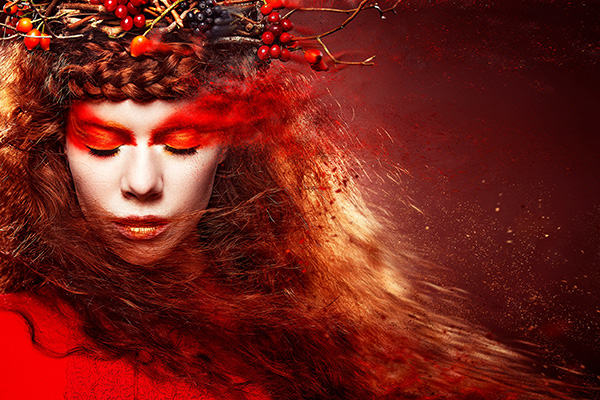 The goddess Freya has a special place in my spiritual self-care routine. I often turn to her when I need extra guidance and support.
The goddess Freya has a special place in my spiritual self-care routine. I often turn to her when I need extra guidance and support.
Freya is the ancient Norse goddess of love, beauty, fertility, and war. She is one of the most important deities in Norse mythology, embodying the ultimate ancient archetype for ‘girl power’ and ‘boss lady’ energy.
She is traditionally revered for her deep wisdom, boundless compassion, and fierce protection. Invoking her divine feminine power has brought much transformative and empowering energy to many aspects of my life.
In Norse folklore, Freya rides a chariot drawn by two large, powerful cats and is often depicted wearing the Brísingamen necklace, a symbol of her power and beauty.
The Brísingamen was created by four dwarves known for their exceptional craftsmanship. The necklace symbolizes beauty, desire and the power of attraction. It also represents Freyja’s connection to the earth and its fertility.
Freya is the leader of the Valkyries, the warrior maidens who choose those who may die and those who may live in battle. Freyja is said to receive half of the slain warriors in her heavenly field, Fólkvangr, while the other half go to Odin’s hall, Valhalla.
This dual role highlights her authority and revered status among the gods, bridging the realms of life and death. The Valkyries, under her guidance, serve not only as fierce selectors of the fallen but also as protectors and guides for these chosen souls, ensuring their honored place in the afterlife.
Unleash The Power Of Your Intention
When I first started working professionally in the spiritual field, I used to get pretty uptight about whether or not I was spending enough time preparing myself properly before consulting with clients, both for psychic readings and energy healing sessions. That was until I visited a well-known elderly spiritualist who lived in the countryside outside of Johannesburg, South Africa, for a reading.
“You work with spirit, just like I do,” I remember him saying. “But I sense that you worry that your preparation is weak and not good enough.”
He was right, I was often stressed about having enough time to prepare with my guides before the sessions began. I always want to give my best to my clients and feared that I would disappoint them if I was not properly prepared and perfectly “tuned in.” Was I doing it right? Did I spend enough time on it? Was I leaving out an important step? Should I just do it once a day before I start or before every single session?
Ironically, while my sincere intention with all this worrying was to give my clients the best readings and healings possible, I was actually not always giving my best, because I was so stressed and worried about being well-prepared!
“All you have to do is set your intention clearly every day before you start,” the wise old gentleman said. It was like a weight was lifted off my shoulders. Of course! Keeping it simple is often the best approach to most things in life, so why should it not work in spiritual endeavors also?
This was how I learned that the most important ingredient for successful preparation in any spiritual practice or metaphysical activity is intention. Today, I like to think of intention as the vital spark that lights the flame. It is a powerful tool in all metaphysical practices. Oddly enough, intention is often the key aspect of our spiritual practices that is most often overlooked.
The True Spiritual Meaning Of The Pentagram
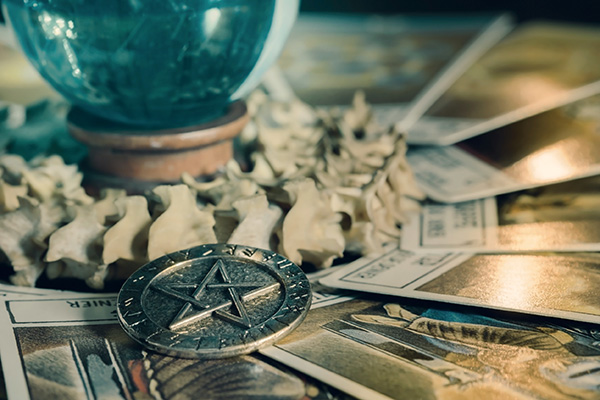 Perhaps no other spiritual or religious icon is as misunderstood as the pentagram, or pentacle. The true symbolism of the pentagram, a five-pointed star often surrounded by a circle, is commonly misrepresented.
Perhaps no other spiritual or religious icon is as misunderstood as the pentagram, or pentacle. The true symbolism of the pentagram, a five-pointed star often surrounded by a circle, is commonly misrepresented.
Contrary to popular misconceptions that associate it with darkness, evil, or Satanism, the pentagram has multiple meanings within various spiritual and religious traditions, most notably within Paganism and modern Wicca.
The pentagram has been a spiritual symbol of significance for millennia, long before its association with modern religious movements.
Historically, it has been used by cultures around the world, often to represent celestial bodies, principles of harmony, or mystical concepts. Its use first appeared in ancient Greece and Mesopotamia around the 1st millennium BC.
It is not widely known that there are significant historical connections between the pentagram and Christianity. Prior to the widespread use of the cross, the pentagram was a popular symbol to adorn the jewelry and amulets of early Christians, often alongside an “X” or a phoenix. This symbol was associated with the five wounds of Christ and also represented the concept of Alpha and Omega united, as the star could be drawn in one continuous movement of the pen.
In contemporary contexts, particularly within Wicca and related neo-pagan belief systems, the pentacle has positive connotations. It’s seen as a symbol of protection, spirituality, and the interconnectedness of the elements. Each point of the star represents an aspect of balance, holistic existence, conscious living, and the cyclical nature of life.
My First Foray Into Ribbon Psychometry
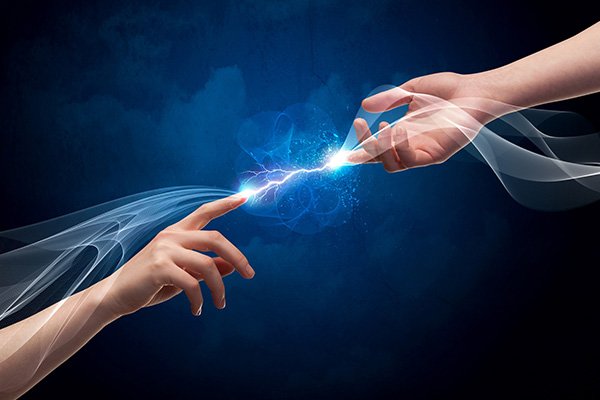 Like “riding a bicycle,” spiritual knowledge and skills, once learned, are never lost or forgotten. Even if you haven’t practiced or used a certain skill for a long time, you can always quickly pick it up again because it is stored in your soul memory.
Like “riding a bicycle,” spiritual knowledge and skills, once learned, are never lost or forgotten. Even if you haven’t practiced or used a certain skill for a long time, you can always quickly pick it up again because it is stored in your soul memory.
There is a certain degree of permanence in spiritual growth and learning. Spiritual learning is very different from the acquisition of academic knowledge or vocational skills. Soul growth and spiritual development flows from deeply personal experiences, profound moments of insight, and personal transformations that forever change our soul essence at a fundamental level.
Our soul memory is essentially the memory bank of our higher self. It is like stored layers of enlightenment or the akashic records that preserve all of our acquired spiritual wisdom and abilities, making them readily accessible after periods or even lifetimes of non-use or neglect.
I was reminded of this fact at a recent mediumship event I attended where a medium demonstrated some of the psychic techniques and methods she had relied on in her own psychic development journey.
Decades ago, I attended a psychic development course at the Arthur Findlay College of Spiritualism and Psychic Sciences in Essex, England. During the course we did a fun exercise in which we practiced “ribbon psychometry.”
Protect Yourself From Psychic Scams
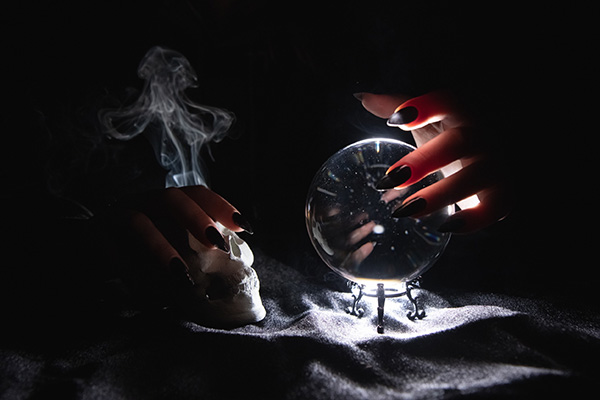 Over the past two decades of doing psychic readings, I have heard of many scams and frauds in my field.
Over the past two decades of doing psychic readings, I have heard of many scams and frauds in my field.
It always saddens me when I hear about it, especially when I see firsthand the pain and devastation it causes the victims when some of them come to me for help. I have had to do a lot of clean up and damage control with clients who have unknowingly fallen victim to these types of scams.
Psychic scammers also make my work so much harder and ruin the reputation of authentic psychics everywhere. Psychic-related fraud leaves a bad taste in people’s mouths and makes the public doubt those of us who are genuine and well-intentioned.
To add insult to injury the criminal activity of these so-called “psychics” is something the media loves to report because of its sensational nature. Rarely do you see news reports of legitimate psychics helping to change, heal and even save lives.
With the rise of the internet, smart phones, social media and more recently artificial intelligence (AI), it has become much easier for scammers to defraud their victims in many new ways. Sometimes I feel that there are more fraudsters these days than at any time in my career. Or maybe they are just more visible now?
